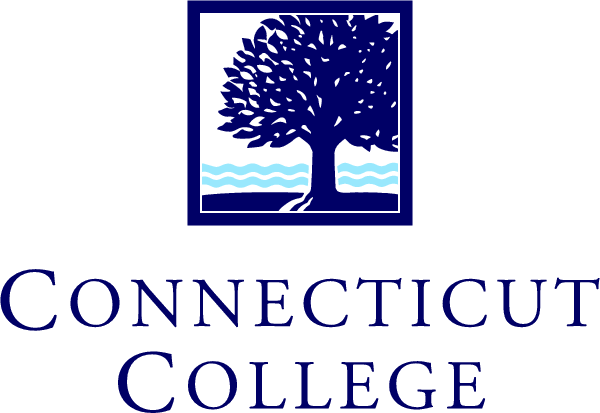Abstract
La Ciudad de Nueva York ha sido por varias décadas el enclave donde se ha desarrollado la vida de migrantes que han llegado a la metrópoli buscando un mejor porvenir. Entre estos transeúntes se encuentran los migrantes provenientes de la República Dominicana, en donde muchos (pero no todos) han arribado a los Estados Unidos de manera indocumentada. En el presente se encuentran disponibles varias fuentes de información que documentan la presencia de los dominicanos en la Ciudad de Nueva York, pero aún queda mucho por documentar y analizar en torno las particularidades de ese fenómeno migratorio desde disciplinas como la Historia y la Literatura. Mientras académicos como Jorge Duany, Patricia R. Pessar, María del Carmen Baerga, Ramona Hernández, entre otros se han acercado a esta migración desde la sociología y utilizado fuentes de información en su mayoría cuantitativa y documentos oficiales, desde géneros literarios como el teatro y desde los medios audiovisuales se ha presentado el tema desde la experiencia del sujeto, ya sea desde la ficción o la ficción creada y basada en hechos reales. La literatura, desde la inmediatez y en primera persona ha reconstruido las historias de los migrantes, la historia de una otredad que queda borrada en las fuentes tradicionales de información. Este escrito pretende de manera breve abordar diferentes representaciones de los enclaves étnicos dominicanos en la Ciudad de Nueva York. A través de las representaciones en el teatro o los medios audiovisuales se nos presentará las características del enclave, las prácticas transnacionales y la identidad de los migrantes. El análisis se enfocará en la experiencia de los migrantes y sus prácticas transnacionales en el primer acto de la obra de teatro Indocumentados: El otro merengue por José Luis Ramos Escobar (1991) y en las primeras cuatro escenas del performance audiovisual I Forgot How to Speak Spanish de Sydney Rahimtoola Medina (2018).
For several decades, New York City has been the metropolis where many migrants have chosen to live and seek a better future. One of the biggest ethnic groups that settled in the city are the Dominican migrants, of whom many (but not all) have arrived in the United States undocumented. The presence of Dominicans in New York City has been well documented, but there is still much to study and analyze regarding the particularities of this migratory phenomenon from disciplines such as history and literature. While academics such as Jorge Duany, Patricia R. Pessar, María del Carmen Baerga, and Ramona Hernández, among others, have approached this migration mainly from a sociological perspective and based on quantitative information and official documents, in literary genres such as theater and audiovisual media, the topic has been presented from the subject's experience, whether from fiction or fiction created and based on real events. Literature, from immediacy and in the first person, has reconstructed the stories of migrants, the history of an otherness that is erased in traditional sources of information. This paper aims to briefly address different representations of Dominican ethnic enclaves in New York City. Through representations in theater or audiovisual media, we will be presented with the characteristics of the enclave, transnational practices, and the identity of migrants. The analysis will focus on the experience of migrants and their transnational practices in the first act of the play Indocumentados: El otro merengue by José Luis Ramos Escobar (1991) and in the first four scenes of the audiovisual performance I Forgot How to Speak Spanish by Sydney Rahimtoola Medina (2018).
Recommended Citation
Peña Alicea, Glorimarie
(2024)
"La migración dominicana y el enclave étnico: Identidad y performatividad en Indocumentados: El otro merengue y I Forgot to Speak Spanish,"
Teatro: Revista de Estudios Escénicos / A Journal of Theater Studies: Vol. 36, Article 4.
Available at:
https://digitalcommons.conncoll.edu/teatro/vol36/iss1/4
